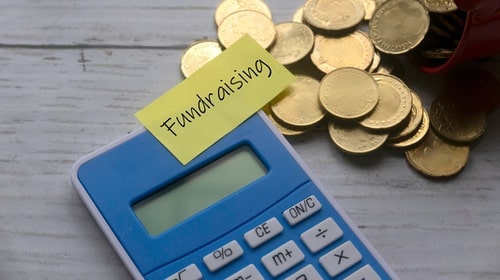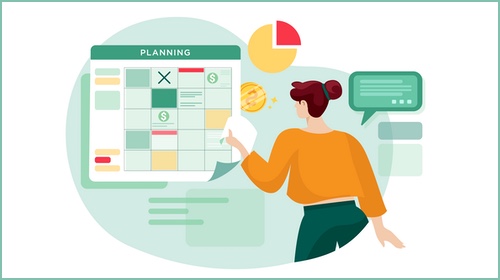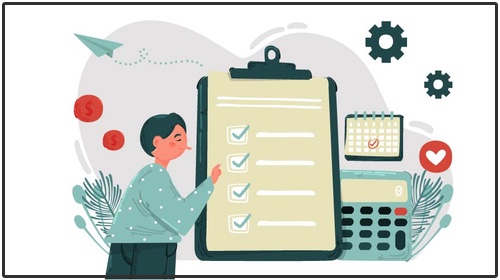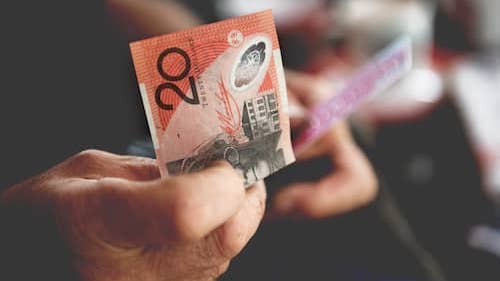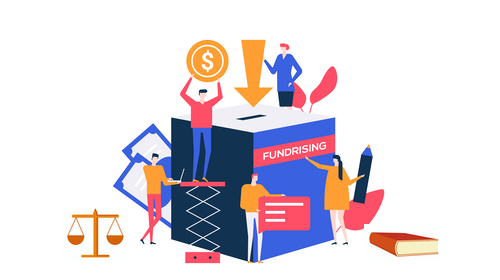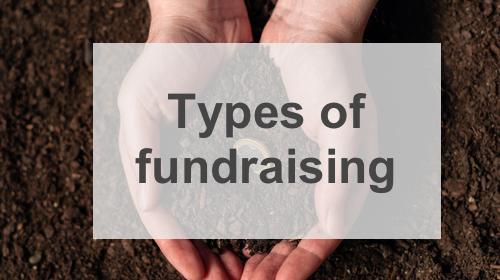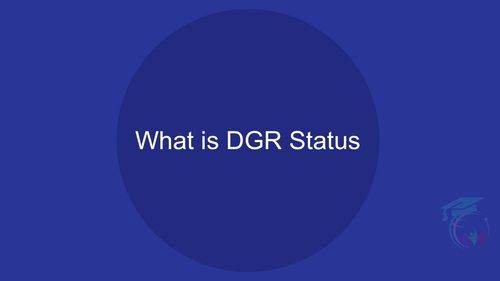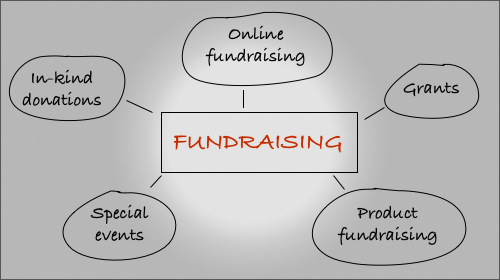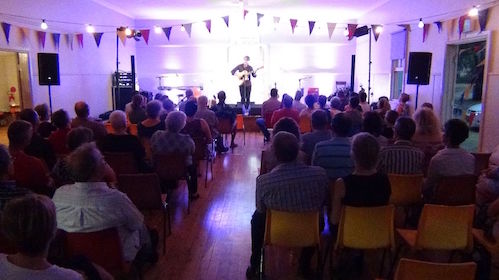Donor Personas
One simple tool you can use to help you achieve your fundraising goals is to develop donor personas
Authored by: iClick2Learn Team
Translate Text
Table of Contents
Introduction
So how do you increase your fundraising success? There are many things that you can do of course, but the main one we are talking about today is spending the time to develop donor personas.
One simple tool you can use to help you achieve your fundraising goals is to develop donor personas.
With many not-for-profits seeking ways to decrease their fundraising expenses and time, online fundraising seems to be the trend that’s here to stay.
The biggest issue with this though is the lack of understanding about how online fundraising differs from traditional marketing methods, and the greatest challenge is that so many campaigns aren’t as successful as they could be.
Donor Personas
One simple tool will increase your fundraising success!
In the days gone by, you used to think regarding trying to speak to groups of people – like being on a stage in an amphitheatre and delivering a rallying speech to the troops that are bound to get some of them keen to support you.
Now, with the influence of technology resulting in our very short attention span, we no longer have time for long drawn out speeches. You need to cut to the chase and grab the attention of those who are most likely to give – you don’t need time wasters!
This means of course that you need to speak directly to them, using the images that are most likely to attract them and language that reflects their beliefs and motivations.
The goal here is to resonate with the donor, build empathy and motivate them to give.
Now, I’m not going to sugar coat it, creating a persona can be a challenging task and yes, it takes time. However, it’s time well spent and will return you better results. It’s amazing what you’ll discover or validate in this process, it’s so worthwhile because it can tell you so much about what you do know and importantly, what you don’t know (or are assuming!) about your donors.
What are personas?
Persona is a name for a tool that is used to describe and visualise the people that you are trying to engage in your fundraising campaign. In other words, segments of your target market.
How do I develop personas?
The first step is to do some analysis of who is currently supporting you, or who you wish to support your campaign.
Here’s an example.
If you were fundraising for a community park and recreation area, you might decide on a target market of females 25-55.
Now let’s say our market research tells us that there are ‘groups’ of people within that target market.
You might have your Mums with bubs (25 – 35); you have your career driven females (35 – 45) and working females (35+) who aren’t climbing the career ladder.
This is just one example of how you might segment your audience; you could segment them by how they currently use these areas such as regular social fitness users (daily walking; cycling etc.); Organised fitness events (club competitions) and casual users (picnics etc.)
So if you were going to promote to them, naturally you would use different language; images and calls to action to get them to support your campaign.
Once you’ve segmented them, you will need to drill down a bit and ask a few questions. Now here’s the value about these personas. Everything you state is an assumption unless you have data to support it. So what I mean is, if you are just saying, for example, they get information about the Park and Recreation area from the newspaper, how do you know this is true? If you have surveyed some of them, then you know you have data supporting that statement.
Sure you can make some assumptions if you lack time to find out all this information, but be warned this can dramatically affect how successful your campaign is. And importantly, test, test, test these assumptions. Gather information through the campaign if you couldn’t get it before and update your personas!
How do I develop the Persona tool?
There are so many variations on how to present personas visually, and the simplest way I’ve found is to start with a table. The rows will have key pieces of information you want to know that will influence your campaign.
Here’s an example below, using the segmentation of ‘usage’. We are going to assume this segmentation is based on anecdotal evidence (e.g. a few visits to the area to see who’s using it, how they are using and the number of people using it at those times) and they haven’t donated to our organisation previously (this is our first fundraising campaign for these upgrades!)
Target Market: 25 – 55-year-old Females
Now if you are using an example of existing donors you would ask other questions such as how often do they give; what’s their average donation etc.
Once you’ve put this together, you can now turn this information into a visual card.
The thing about the visual card is that you should use an image that reflects the person you are speaking with, and it’s a great idea to come up with a name as well, so this makes it easier for you when you are ‘writing’ to them.
I’ll give you an example. When you picture Carol Brady what comes to mind?
Now if you were writing her an email asking her to support your campaign what would you say?
See how easy that visual association makes it for you?
Below is an example of how you might ‘label’ your personas.
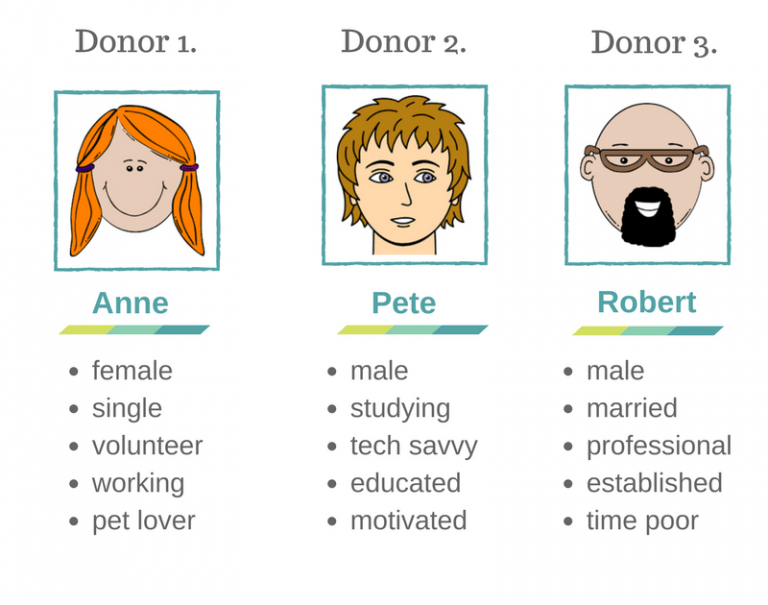
And put them into a visual tool. Note in the below example we are using storytelling to turn the previous information into a story about the persona, and we are using direct language when we are talking about how we can engage or speak with that persona.
Conclusion
Looking for donors can take a lot of time and money. Creating donor personas helps refine your message for the people most likely to invest or donate in your organisation.
Related posts
Developing a Fundraising Plan
Create a Sponsorship Plan
Approving Your Budget
Deductible Gift Recipients Status [Course]
Fundraising Risks for Registered Charities
Fundraising Risks for Community and Non Profit Organisations
Fundraising and the Law
Types of Fundraising
Get Sponsors to Say Yes
What is DGR status?
Fundraising for Your Service
Great Tips on how to Approach a Funding Pitch
7 Tips to Deliver Events on a $0 Budget [Course]
- Tags | Fundraising, Marketing

